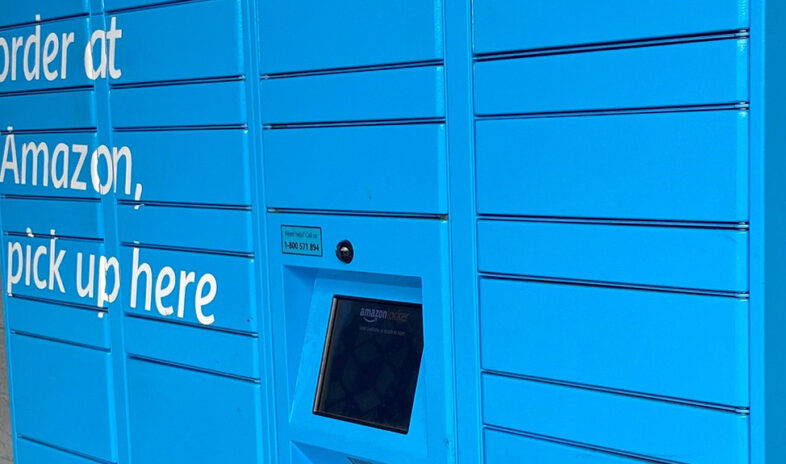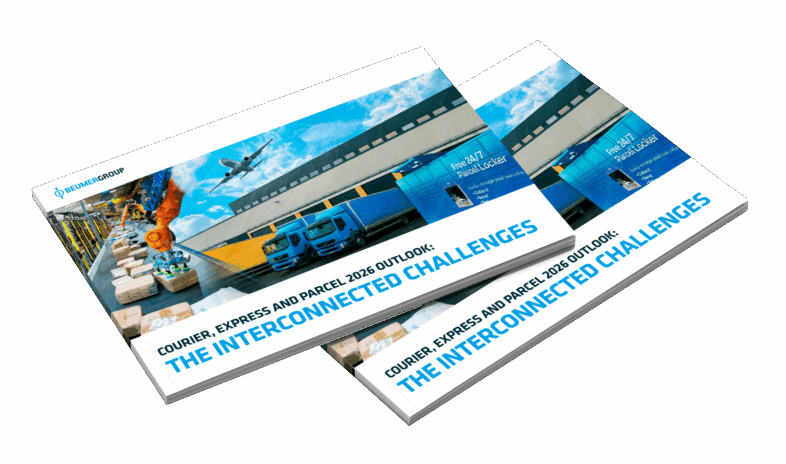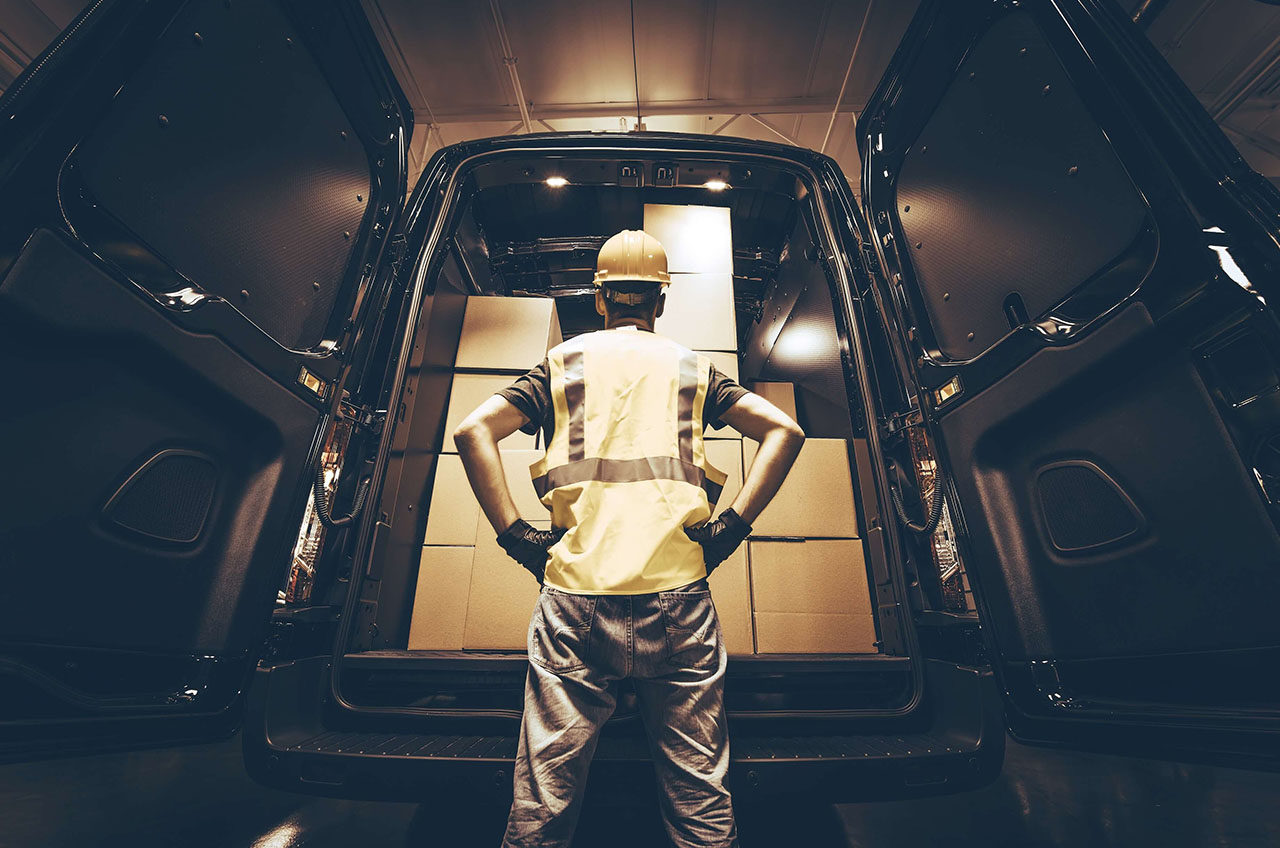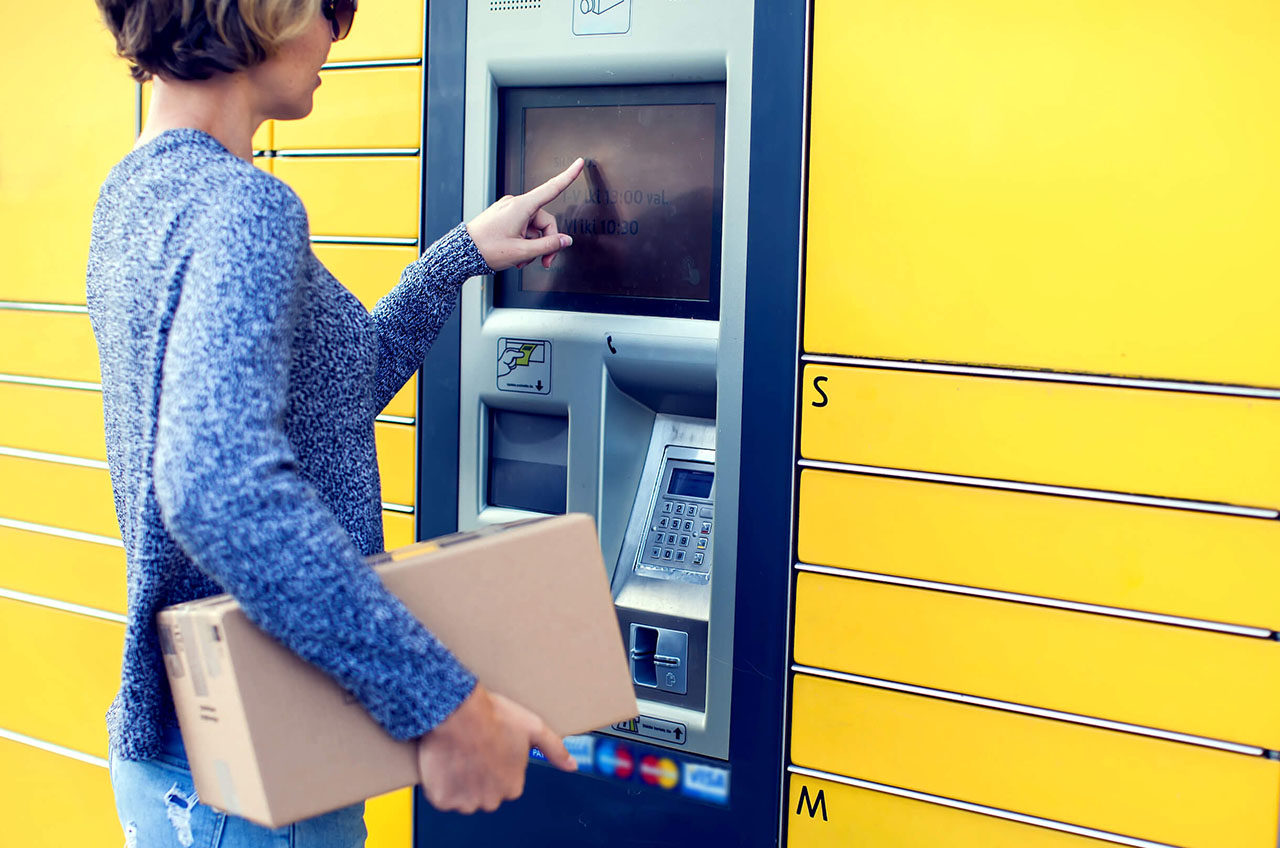By Volker Sadowsky
It used to be that a postman brought a parcel to the doorstep. This was, more or less, the entire post-distribution centre journey for each parcel.
Oh, how the times have changed. In many ways, for the better. The number of parcels that require delivery has exploded. A good thing for CEP companies. But with increasing business, has come new challenges. One of the main ones being the last mile.
Last-mile delivery is the final stage in the network of CEP companies. It is an entire ecosystem that brings a variety of goods to consumers’ doorsteps—or very close to it. In today’s market, the last mile constitutes a very large part of the cost and labor involved in parcel delivery. Therefore, the last mile presents a major opportunity for improvement in the industry.
A green dimension
15 years ago, people rarely had parcels delivered. That has changed dramatically.
Take the UK, for example. Each person receives approximately 25 parcels. Not in their lifetime but on a yearly basis. As a result, the distribution network in the CEP industry has needed to grow. It’s difficult to reach people at their doorstep, so CEP operators had to think up a different solution. One that gave the customer a similar feeling of receiving parcels close to home, but wasn’t as demanding, in terms of delivery.
Parcel boxes or pickup stations were one of the first initiatives to spring up. A nice alternative to delivering every parcel to the doorstep but not a perfect solution. The number of pickup stations has increased so quickly that in some ways, they have brought along the same challenges as actual doorstep deliveries. For example, trucks still have to drive all over the city, which leads us to the climate dimension of the last mile.
With increases in parcels, more and more trucks are circling the cities, especially the big cities. This is a development that climate-conscious politicians aren’t overly pleased with. For example, some of Germany’s biggest cities – including Hamburg, Stuttgart, and Aachen – have in the spring of 2019 implemented driving bans on certain diesel vehicles, including trucks. In general, the EU is supporting a number of projects that aim to make the logistics sector sustainable and efficient in its use of resources.
With a rising number of major European cities trying to minimise traffic, it seems likely that we’ll eventually see special companies consolidating deliveries from all CEP companies, to take care of the last mile in city centres. This is a desirable development – in terms of reducing traffic – but it’s not without a cost from the perspective of CEPs. With a structure like this in place, CEPs would struggle to maintain the close contact to the end customer which is one of the parameters where they can really make a competitive difference.
The climate aspect, however, is just one reason why CEP companies feel the pressure to come up with alternative solutions to the last mile.







